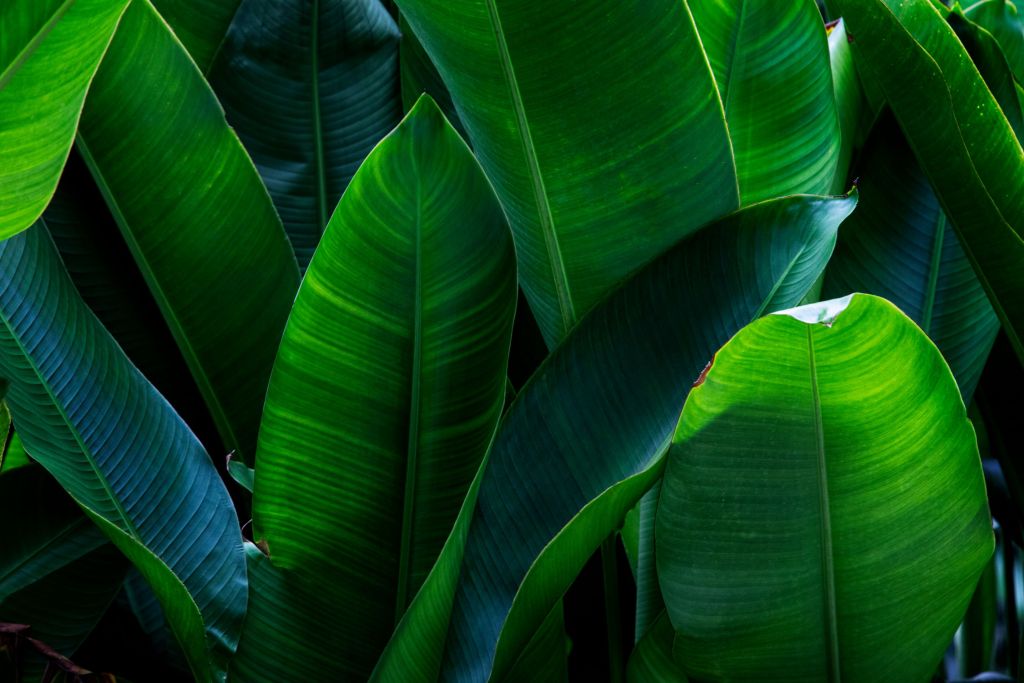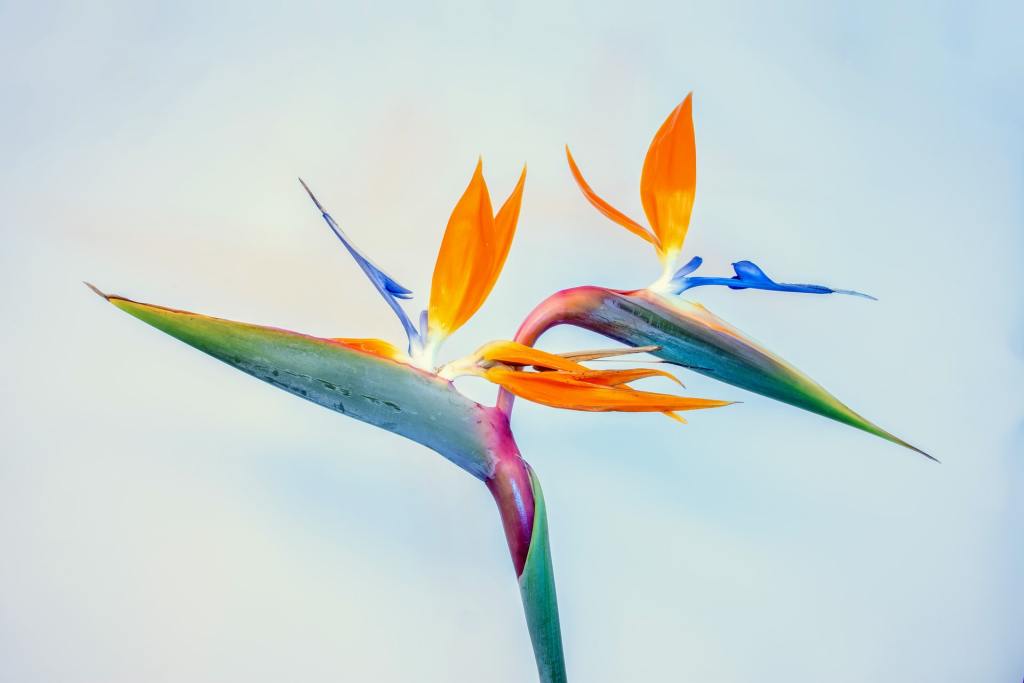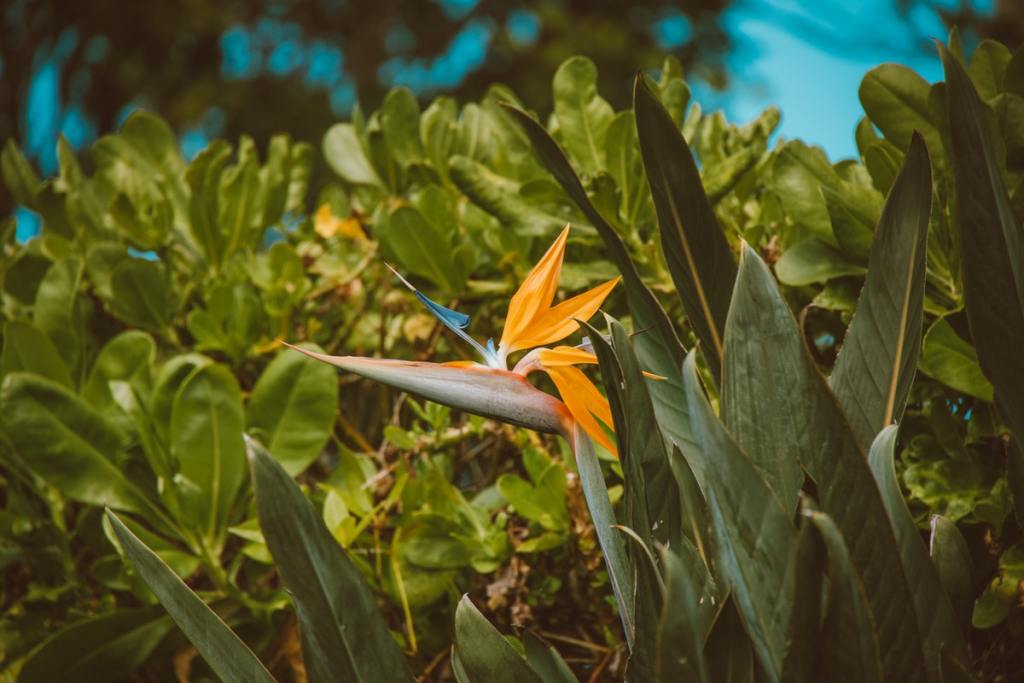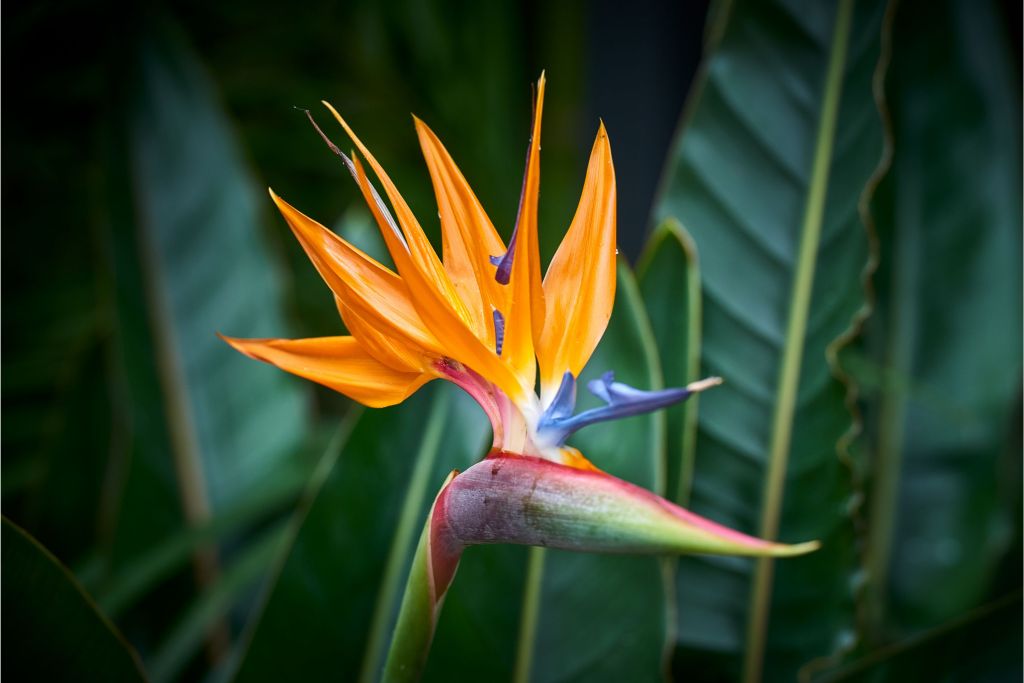Whether they’re found in their natural habitats in the wild or as the centerpiece in an indoor garden, birds of paradise are eye-catching plants and perfect for adding some color and tropical flair to your home. This plant is native to South Africa and is well-known for its lush foliage and attractive tropical blooms with vividly colored flowers. The plant gets its name from the stunning flower’s resemblance to a colorful bird in flight.
For all its perks, the plant also can be costly to acquire and slower to cultivate from seed. So when you find yourself wanting more than one of these attractive plants, what can you do? Take a cutting and grow a new plant! No matter if you’re just starting out with a new cutting from a friend or you’re adding to your existing plant’s family, you can add more of these plants to your collection easily and at little or no expense.
Owners often wonder if they can grow a bird of paradise from a cutting. The short answer is yes, you can! Let’s dive into this guide to find out exactly how to do that.

What is the best way to propagate a bird of paradise to ensure the success of your plant?
Many bird of paradise plant lovers understand that this plant is relatively expensive to own and maintain. Due in part to their exotic nature and demand for warmer climates, these plants range from $100 to $500, depending on the size of the plant. For this reason, many owners often wonder if they can grow a bird of paradise from a cutting, which is a cost-effective alternative for adding to a plant collection.
There are two main ways to propagate this plant: growing from a cutting or from a seed. While both methods of separating and growing can be successful, seeding can require more patience and time than growing from a division. For this reason, you’ll see faster results if you grow from a cutting rather than a seed.
What to consider when propagating a bird of paradise

When aiming to propagate a bird of paradise plant, you must consider several things first. First and foremost, you can’t just rely on cutting a leaf from the plant to replant. While some plants can be reproduced from leaf and stem cuttings, a bird of paradise needs more than that to grow successfully. In order to propagate a bird of paradise, you’ll need to cut a portion of the plant’s root; the stem or leaf alone won’t have enough of the tissue needed to produce a new plant.
How to propagate a bird of paradise plant the right way

Bird of paradise propagation isn’t difficult and can be most easily and effectively achieved through plant division. Ideally, propagation should occur in the early spring, preferably while you are already replanting a bird of paradise that’s outgrown its pot. While it’s out, sever a piece of the bulb or the root with a sharp, clean knife. You can sprinkle some rooting hormone on the open cuts to encourage quicker and greater root depth. With each plant division, there should be a fan with attached roots for the regrowth plant. Then you can plant the bird of paradise root division in a small and clean pot with high-quality planting soil.
Because new cuttings can be fragile as they start to develop their roots, keep your new baby plant indoors to protect it from the elements. While most gardeners are tempted to water the new division right away, it’s best to let the cuts heal without water first. After a few days, you can begin a regular watering schedule for the plant.
How to transplant a cutting into a pot

Whether you wish to display your plant outdoors or inside, once a division begins to show solid regenerative growth, it’s safe to move it into the pot where it will live for a while. Here’s how to repot your bird of paradise cuttings with ease.
- Fill a large pot that’s at least 12 inches wide and deep, depending on the size of the plant with potting mix.
- Add 2 parts potting soil and 1 part perlite for best results.
- Soak the root system with a running hose for about 10 to 15 minutes.
- Wait about 20 minutes so that the water has time to soften the roots.
- Mark at least a 10-inch radius around the plant.
- Following that marked radius line, use a trenching shovel to dig approximately 18 inches around.
- Lift the plant and its root ball into the pot while fanning out the roots, being careful not to break the roots.
- Backfill the pot with soil.
- Water thoroughly until liquid drains from the bottom of the pot.

For an avid bird of paradise plant lover, yes, you can grow a bird of paradise from a cutting, but you want to ensure it comes from a division of the plant with its bulb or root, not the leaves. Also, it’s essential to note that unless you live in a warmer climate that’s not subject to freezing temperatures, it’s best to plant your birds of paradise in pots rather than the ground. This ensures that you can adequately propagate your plantings successfully and that you can bring them indoors to accommodate weather changes.
Editors' Recommendations
- Everything you need to know about choosing the best rocks for landscaping
- Do you live in climate zone 2? Here’s what you need to know
- Do you live in climate zone 10? Here’s our guide to choosing the perfect climate zone 10 plants
- 4 November garden plants you should consider growing
- When do pears come in season? What you need to know




